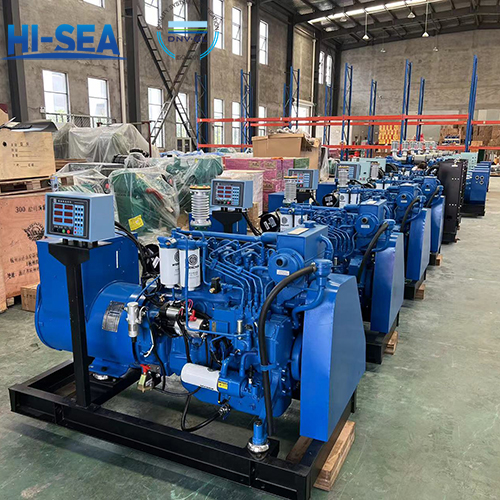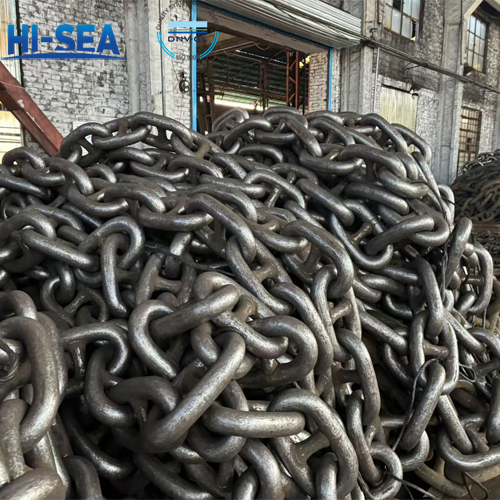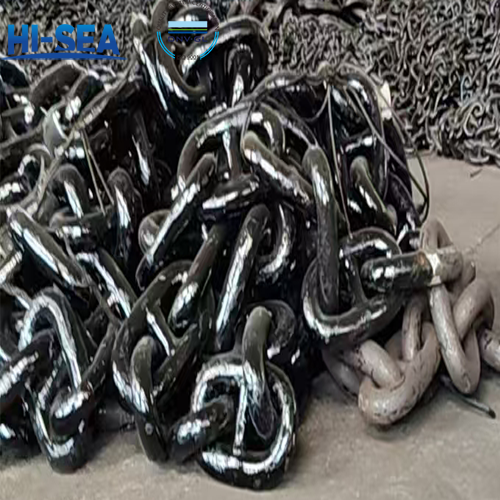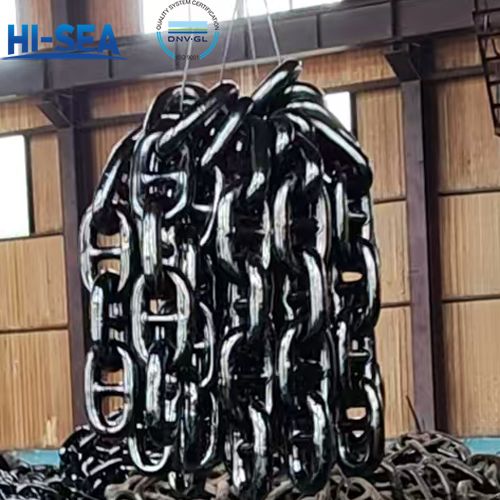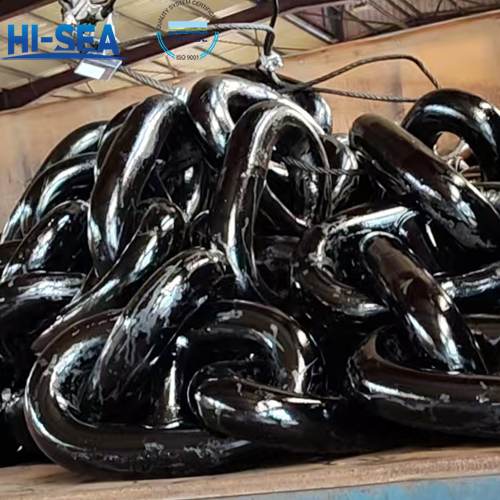
Navigation test of generator set
A series of tests conducted on the generator set and distribution system during ship navigation tests.
Overview
A series of tests conducted on the generator set and distribution system during ship navigation tests.
In the inspection of ship generators and distribution boards, the first thing to pay attention to is the installation of distribution boards, generators, and their cables. The main distribution board should be located in the same main vertical area as the main generator set, such as the engine room, machine control room located in the engine room, or centralized control room. The main distribution board should be avoided as much as possible from locations with high humidity and oil and gas, and should not be directly installed on the bottom deck (flower iron plate) of the engine room. If unavoidable, a tight bottom plate should be installed at the bottom of the main distribution board, and the cable penetration through the bottom plate must have a watertight penetration process. The front and rear channels of the main distribution board should be equipped with oil resistant, anti slip, and insulated carpets or grilles. The front and rear of the main distribution board should be equipped with sturdy insulated handles. Measures should be taken to prevent water leakage from entering the main distribution board along the cable, such as filling the cable inlet with waterproof filler. It is recommended that the cables enter the main distribution board from the lower part of the distribution board. The leads inside the main distribution board should be fixed in bundles on the framework of the distribution board, and attention should be paid to maintaining a certain distance from the main busbar and away from heating elements.
When conducting specific tests on the generator/distribution board, the cold insulation of the generator should be measured first, and the insulation of the three phases of the stator winding to ground should be measured separately, all of which should not be less than 1M Ω.
The second step is to conduct generator ACB long delay and short delay trip tests, and through simulation tests, verify the protective ability of the main distribution board air circuit breaker under generator overload and short circuit conditions. When the rated current of the generator is 125%~135%, the circuit breaker will open after a delay of 15-30 seconds. When the generator current is 200%~250% of the rated current, it is generally instantaneous tripping, and the delay time should not exceed 0.6 seconds.
When conducting the reverse power ACB trip test, it should be simulated that when the load of the generator is -8% to -15% of the rated load, the ACB should trip within 3-10 seconds. In practical experiments, two generators are usually connected to the grid without load, and then one generator is subjected to reverse power by adjusting the speed controller to detect the protection function of the ACB.
Undervoltage trip: The generator ACB trips within the range of 70% to 35% of the rated voltage, and this test process can be completed by adjusting the throttle of the generator.
The main distribution board should also have an automatic unloading function. When the generator is overloaded, the distribution board should be able to automatically unload non important loads and equipment that guarantees living conditions. If necessary, secondary important equipment can also be unloaded to ensure that the generator does not experience continuous overload.
After completing the various protections of the distribution board, it is necessary to conduct load and static voltage regulation characteristic tests on the generator. Run the generator at 25%, 50%, 75%, 100%, and 110% of its rated power for 1/2, 1/2, 5/4, 2, and 1/2 hours respectively, and record the voltage, current, power factor, and frequency of the generator. The test should be conducted continuously, with a stopping time of no more than 15%. The static voltage change rate should be maintained within ± 2.5% of the rated voltage, and the static speed regulation rate should be maintained within ± 5% of the rated speed. During the dynamic speed regulation characteristic test (sudden increase and decrease), make the generator load change by 100% ↘ 0 ↗ 50% ↗ 100%, record the frequency before, during (maximum value of change), and after the change, as well as the recovery time. The transient change rate should be kept within ± 10% of the rated speed, the steady-state change rate should be kept within ± 5% of the rated speed, and the recovery time should not exceed 5 seconds.
For more marine diesel generator set information, kindly please click here.

